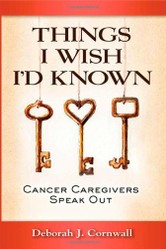This well-known illness is commonly the result of coronary heart disease or high blood pressure. There are also lifestyle observations which suggest that the situation originates from lack of exercise and dietary issues. For example, excessive body weight and intake of sodium products may aggravate it. Physical exercise is beneficial too as it enables the entire human body to remain in good condition. Moreover, psychological stress can worsen these scenarios. Medical textbooks have recommended for more than a century that physicians and the general public become knowledgeable about these matters (1, 2, 3, 4).
The process of heart failure entails enlargement of that organ with time. There is fluid in the lungs and swelling of the feet. They may have a bluish discoloration. In severe cases, the patient may present to an acute care facility with shortness of breath and abnormalities of blood pressure. The team of hospital staff must act quickly in order to reverse this life-threatening presentation. Critical care teams must be alert. When this happens, the best approach is to call emergency medical services promptly (1, 2, 3, 4).




 The Reality of Aspirinon 05/24/2021
The Reality of Aspirinon 05/24/2021
 An Old Microbeon 03/31/2021
An Old Microbeon 03/31/2021
 Coronavirus and Mental Illnesson 02/14/2021
Coronavirus and Mental Illnesson 02/14/2021
 Acute Ischemic Strokeon 12/25/2020
Acute Ischemic Strokeon 12/25/2020


Comments